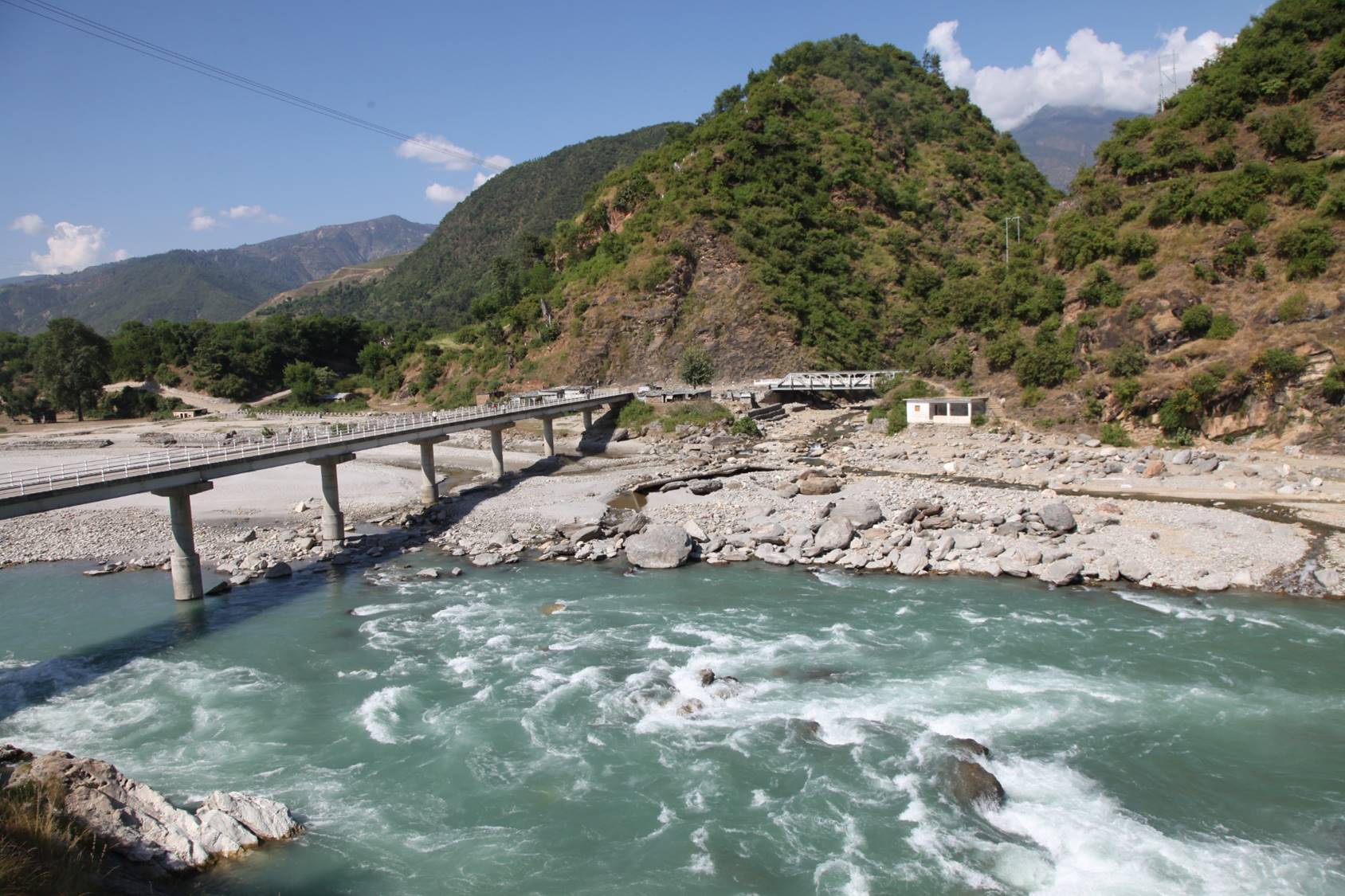Energy Update
India working to promote sub-regional energy hub comprising Bhutan, Bangladesh, Nepal, Myanmar and India

KATHMANDU: India is working to promote a sub-regional energy hub comprising Bhutan, Bangladesh, Nepal, Myanmar and India to meet its energy needs, foreign secretary of India, Harsh Vardhan Shringla has said.
Delivering his remarks during the inauguration of the South Asia Group on Energy at the Research and Information System for Developing Countries in New Delhi on Wednesday, the Indian foreign secretary said that his country is taking the lead to promote a regional approach to meet its energy needs.

"Being the largest producer and consumer of energy in the region, it is natural for us to be the epicenter for any energy initiative in the region. We have to make energy affordable, accessible and clean," he said adding that India is promoting easier movement of hydrocarbons across the region.
Mentioning that South Asia’s first cross-border petroleum products pipeline from Motihari in India to Amlekhgunj in Nepal was remotely inaugurated by Indian and Nepali prime ministers in September 2019, the top Indian diplomat said that the pipeline has led to savings of Indian rupees 1 billion for Nepal Oil Corporation.

"We are now looking to expand this project to Chitwan, and also construct a new pipeline connecting Silguri and Jhapa in Nepal," he said.
Stating that India supplied about 700 MW of power in 2019 through more than 25 transmission interconnections, Shringla said that Nepal may also start exporting power in the near future.
"The first high capacity cross-border power transmission line, from Dhalkebar in Nepal to Muzaffarpur in India was completed with GoI-assistance and was upgraded to 400 KV capacity in November 2020. More cross-border high-capacity connections are envisaged," he said.
In the generation sector, Satluj Jal Vidyut Nigam Limited is developing the 900 MW Arun-III hydroelectric project in northeast Nepal, he mentioned.
Shringla also recalled that the Lower Arun project of Nepal was awarded to SJVNL. "A consortium led by GMR is developing the 900 MW Upper Karnali hydroelectric project in western Nepal. Upper Karnali is an export-oriented project, where power is to be supplied to India and Bangladesh. Private sector participation in the hydropower sector holds enormous promise," he said.
Shringla also mentioned that there is a wide variation in energy resource endowments and energy demand in this region.
"While India and Bangladesh account for the major natural gas and coal resources, Bhutan and Nepal have large hydropower resources. Sri Lanka has great potential for solar and wind power production. All countries in fact have vast renewable energy potential. By harnessing complementarities in electricity demand, load curves and resource endowments, a mutually beneficial model of cooperation in South Asia could be developed," he said.
Conversation
- Info. Dept. Reg. No. : 254/073/74
- Telephone : +977-1-5321303
- Email : [email protected]













.jpg)
